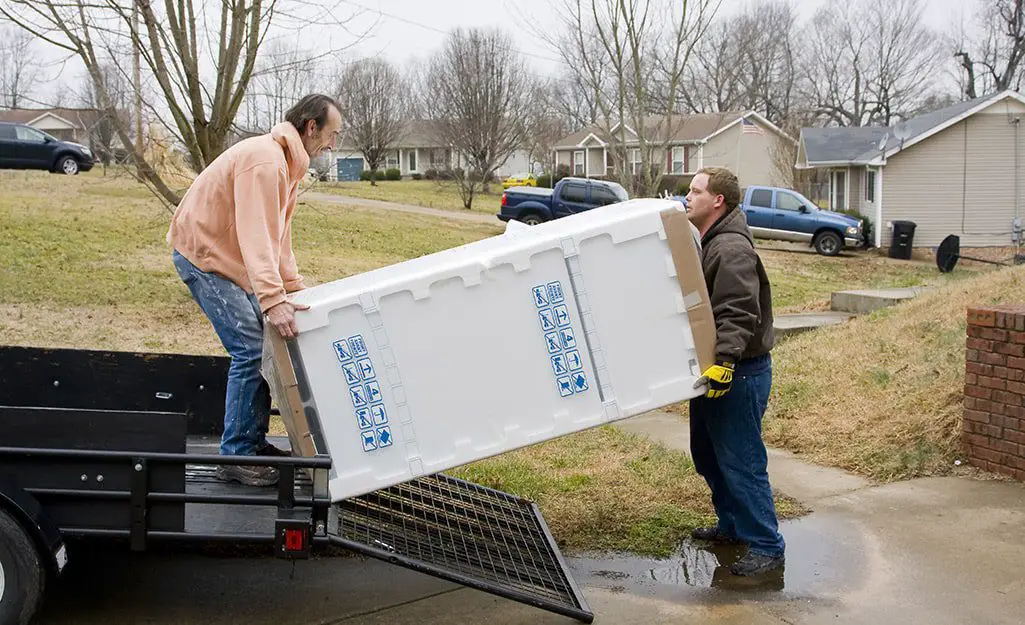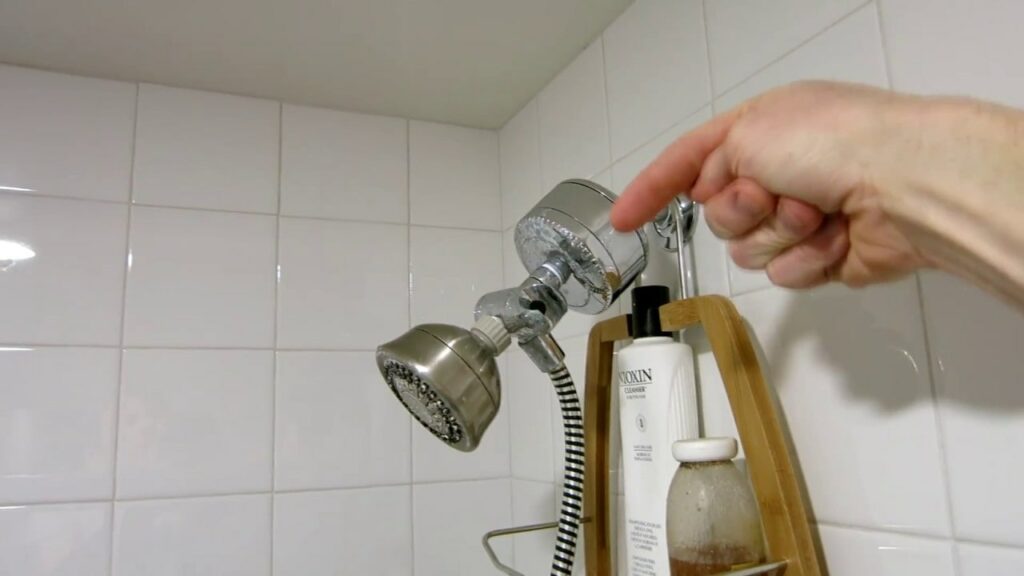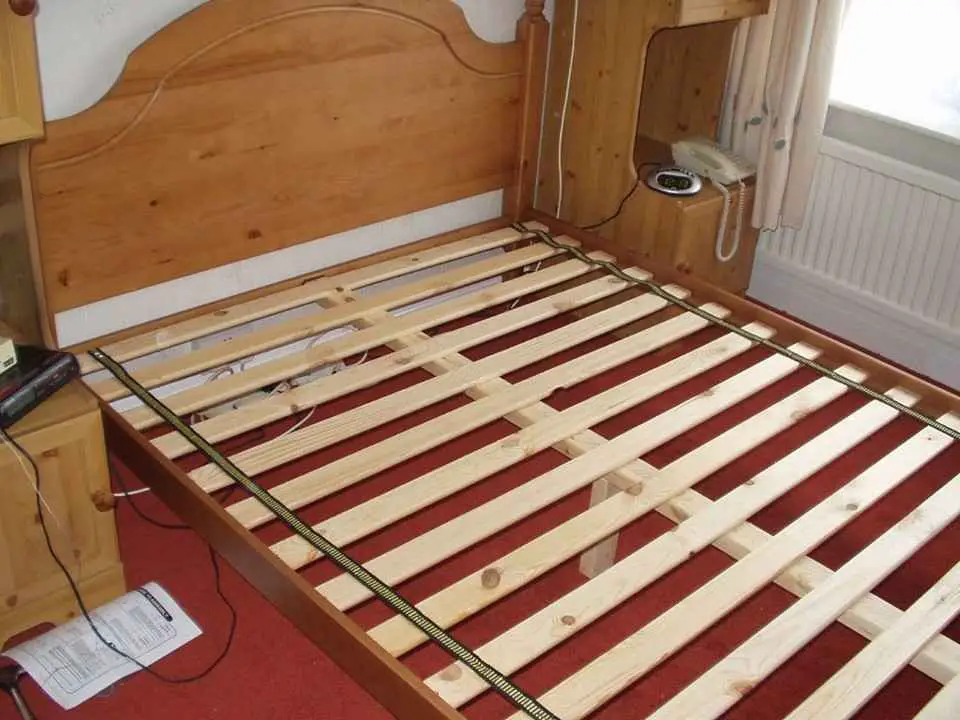Sometimes we lack the necessary resources to complete a significant assignment to move a fridge without a dolly.
Fortunately, if you need to move a refrigerator but don’t have a dolly, there are a few other options.
Without using a dolly, you can move a fridge by carrying it yourself, walking it, or rolling it over the floor while resting it on a piece of cardboard.
Although each of these methods has merits & demerits, they will all work.
I’ll describe the three ways to move a refrigerator in this article.
I’ll go through how to get your fridge ready for moving, why you shouldn’t move it lying down, whether you should unplug it first, how to get your fridge ready for moving, and how to get your fridge ready for moving.
Go on reading!
Can a Fridge Be Move Without a Dolly?

The most typical method of carrying a refrigerator involves using a dolly, also referred to as a hand truck or trundler.
The L-shaped platform with handles on the back for lifting objects onto a set of attached wheels is the most typical shape of a dolly.
A refrigerator can be moved without a dolly, though.
You can walk your refrigerator forward and ask someone else to help you carry it if your dolly breaks or you just don’t have one.
Pull it across the floor while mounting it on a piece of cardboard.
Let’s examine each choice in more detail.
Moving a Fridge Forward by Walking:

The simplest of these strategies is definitely walking your fridge forward.
You don’t need to beg your friends and family for help, and it doesn’t require a lot of strength.
However, if you’re moving your refrigerator downstairs or to a distant location, it also won’t work.
- Moving your refrigerator: Gently lean it to one side and advance the side that is being elevated.
- Switch sides and go on in the same manner until you and your refrigerator arrive at your destination.
As I previously stated, moving a fridge merely a small distance is ideal for its effectiveness.
Moving a refrigerator in the same room, to a room that is right next to it, or near a door so that it can be loaded into a car are just a few excellent instances of situations in which you should do so.
Moving a Fridge with the Help of Others:

When moving furniture, a lot of individuals seek assistance from others. If you know any helpful people in your life, it would be a good idea to ask them for assistance.
In addition to giving, you access to more potential options if you find yourself in a bind, asking for assistance also ensures that you won’t be forced to rely only on your own strength in the event that the fridge starts to tumble on you.
All you have to do to transfer your refrigerator is have your helpers hoist it up when you’re ready to move it so you can carry it a longer distance.
But always warm up and stretch before you begin, both you and anyone helping you.
If you have a recent injury or are not physically capable of carrying the weight that will be required of you, don’t attempt to move a refrigerator.
If the latter is the case, you can reduce the necessary weight per person by enlisting additional assistance.
By Using Cardboard, Move a Fridge without dolly:

The legs of a refrigerator have more friction than flat surfaces like cardboard.
Depending on how you employ them, you might be able to relocate your refrigerator without endangering your floors.
This approach will fail miserably if you try to drag your refrigerator over uneven terrain or carpeting; it works best when you simply need to move your refrigerator a short distance.
To move a fridge with cardboard:
- Lift or shuffle your refrigerator onto the cardboard.
- To move the cardboard forward, pull on it:
Not all refrigerators are lightweight enough to be moved with cardboard, and pulling them may also damage your floors if your refrigerator has edges, dangling components, or other unusual features.
Furthermore, your fridge could fall on you if you pull it too hard. To prevent mishaps and injuries, use this procedure slowly and carefully at all times.
How to Get Your Fridge Ready for a Move?
Whatever technique you choose, there are a few things you should do to get your fridge ready for the process. You should:
- Remove or tuck away any removable components.
- Drain the refrigerator after unplugging it and cleaning it.
- Secure the door to prevent it from swinging out and hitting you or getting trapped when you’re moving the refrigerator.
Let’s examine each stage in more detail.
Removing or Tucking in Detachable Parts:

Some refrigerators come with auxiliary components, including water nozzles or ice makers.
Detach or secure these accessories before moving your refrigerator to prevent them from tripping you up, getting broken, or causing damage to your home’s walls or floors.
You may keep water nozzles, other tubes, and cords safe by tucking them inside the refrigerator hole from where they originate.
Alternately, roll them into a ball and knot them loosely with stretch cords or twist ties.
If your refrigerator includes an ice maker tray or other removable plastic components, either take them out or tape, twist ties, or stretch cord them inside the appliance.
They won’t be able to move about or fall out of the fridge without dolly.
Cleaning, Draining, and Unplugging Your Refrigerator:

When moving a fridge, the last thing you want to happen is for the cord to jerk tight since it is still fastened to the wall.
Or, as you move the refrigerator, beverages or expired food could spill out. You must empty the contents of your refrigerator and disconnect it in order to prevent this.
This procedure is so simple that it hardly needs to be explained. However, be sure to clean down the interior of your fridge after clearing up any spills on the side and removing any leftovers.
Use a paper towel or Lysol wipe along with some soap.
By doing this, the fridge will arrive at its location already assembled and ready for use.
Securing the Door of Your Fridge:

Before moving your refrigerator, make sure the door is securely fastened. During the process, someone could get wounded if the door swings open.
Additionally, if the refrigerator becomes stuck while you are raising it, it may fall on you or you may drop the refrigerator.
You can secure the fridge door with tape, stretch cords, or even a bed cover. It doesn’t have to fit perfectly; just knot it around your refrigerator so that the door may open no wider than an inch.
This will assist avoid mishaps and keep the fridge’s removable shelves and trays from tumbling out.
Should Your Fridge Be Moved While It Is Lying Down?
It’s not a good idea for certain people to move a fridge without dolly while it’s on its side or lying flat.
Some refrigerators aren’t designed to withstand this kind of movement; as a result, the compressor oil may leak into the cooling tubes on the fridge’s back and cause a breakdown.
Additionally, the fridge’s component parts might not have been built to withstand pressure in particular directions, which would cause them to break.
Make sure your fridge is set up for moving if you wish to relocate it when it’s lying flat or on its side to avoid breaking it before you can use it in its new position.
These kinds of warnings are often available online or in the physical manual for your refrigerator. The website of the company is a nice place to start.
It’s vital to wait 24 hours with your refrigerator upright and unplugged if, however, it was delivered to you on its side so that the compressor oil may settle back. When that period of time is up, you can plug it back in and utilize it.
Never allow the movers to put your refrigerator on its back, whether you are moving it or getting a new one from a retailer.
Its parts may become damaged by the weight of its own body, rendering it ineffective or occasionally utterly worthless.
Also read: Why Put Foil on Door Knob When Alone!
FAQ- How to Move a Fridge Without a Dolly:
Q1. How can you lift a large refrigerator by yourself?
Tilt your refrigerator and carefully slide the dolly under it rather than front to back.
Use movable straps and automatic tighteners to wrap the fridge’s full length and secure the doors after it has been set up on the dolly.
Q2. How can I move my fridge across the floor without damaging it?
Using furniture sliders for moving large pieces of furniture and appliances across floors is one of the finest ways to transfer a stove without damaging the flooring.
Sliders need to be positioned near the bottom of your bulky object. It offers a choice that only requires tilting and pressing instead of lifting.
Q3. What should you avoid using when moving a refrigerator?
Avoid turning the refrigerator on its side if at all feasible.
Secure the refrigerator to the vehicle by placing additional straps along the top and sides of the appliance.
It is simpler to leave the refrigerator on the dolly at this point rather than having to secure it again once it has reached its final location.
Also read: Difference Between Kitchenette and Kitchen
Conclusion:
Without a dolly, you can move your fridge by walking it, lifting it with help, or sliding it on top of the cardboard.
Put the removable parts inside, disconnect and drain them, and lock the door to read it.
When it is flat, lying on its back, or resting on its side, never move it. Alternatively, unplug it the night before.









